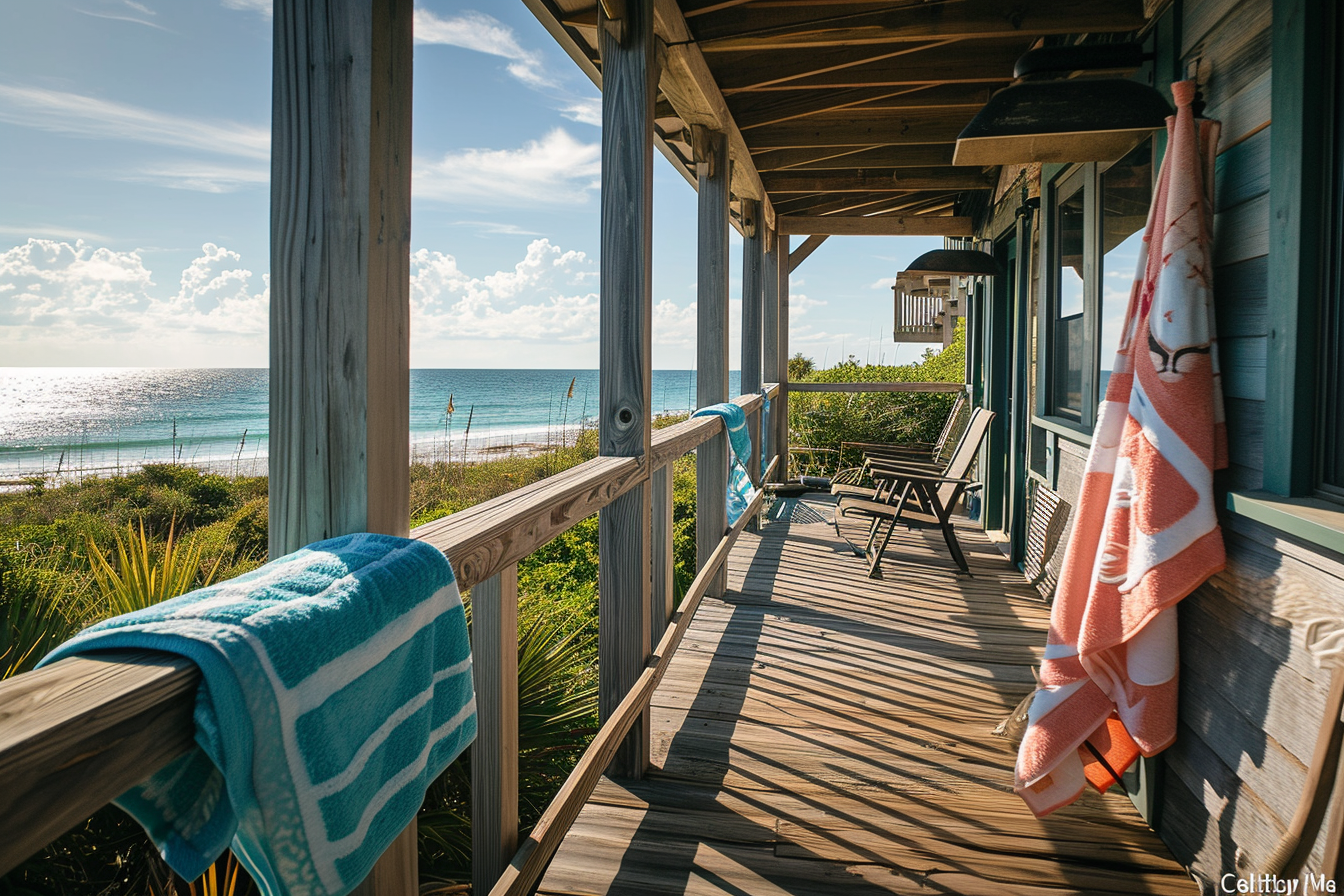When financing a non-primary residence, such as a second home or investment property, there are specific loan options and considerations that differ from those of a primary residence. Here’s an overview of common loan types and factors to consider for non-primary residences:
1. Conventional Loans
- Investment Property Mortgages: Lenders offer conventional loans specifically for investment properties. These loans typically require a higher down payment (often 20-25%) and may have a higher interest rate compared to primary residence loans.
- Second Home Mortgages: If you’re buying a second home, you may qualify for a second home mortgage. These loans usually have stricter requirements regarding how far the second home is from your primary residence and how often you intend to stay there.
2. Jumbo Loans
- If the property exceeds the conforming loan limits set by Fannie Mae and Freddie Mac, you might need a jumbo loan. These non-conforming loans have stricter underwriting requirements and typically require larger down payments and higher credit scores.
3. FHA and VA Loans
- FHA Loans: While generally for primary residences, in certain circumstances, you might use an FHA loan for a non-primary residence. This can happen if you’re moving for job-related reasons or if there’s a significant family change.
- VA Loans: These are primarily for primary residences for qualified veterans and service members. However, there are exceptions, like buying a multi-unit property and living in one of the units.
4. Home Equity Loans and HELOCs
- If you already own a home with substantial equity, you might consider a Home Equity Loan or a Home Equity Line of Credit (HELOC) to finance the purchase of a non-primary residence. These are secured against the equity of your current home.
5. Commercial Loans
- For those looking to invest in larger properties or multiple units, commercial loans might be an option. These loans are typically used for properties with five or more units and come with different underwriting standards than residential loans.
6. Portfolio Loans
- These are loans that lenders keep in their own investment portfolios. Portfolio loans can offer more flexibility with underwriting standards, but they may come with higher interest rates and different terms.
7. Hard Money Loans
- These are short-term loans from private investors or companies. They’re typically used by investors looking to renovate and flip a property quickly. They have higher interest rates and are based more on the property’s value and potential rather than the borrower’s creditworthiness.
Considerations for Non-Primary Residence Loans:
- Interest Rates: Non-primary residences are considered higher risk, and as such, they often come with higher interest rates.
- Down Payment: Expect higher down payment requirements, often 20% or more.
- Credit Score: Lenders typically require a higher credit score for non-primary residences.
- Debt-to-Income Ratio: You’ll need to demonstrate that you can handle additional debt. Lenders will look closely at your DTI ratio.
- Insurance and Taxes: Be prepared for potentially higher insurance rates and property taxes, especially if the property is considered an investment.
- Rental Income: If you plan to rent out the property, some lenders might consider potential rental income as part of your loan application.
Tips for Financing a Non-Primary Residence:
- Shop Around: Different lenders offer different terms. Shop around to find the best rates and terms for your situation.
- Improve Your Financial Profile: A better credit score, lower DTI, and a larger down payment can help you get better loan terms.
- Consider Partnerships: If the investment is sizable, consider partnering with others to spread out the financial responsibility.
- Understand the Market: Know the property market of the non-primary residence to ensure your investment is sound.
Before deciding on the best loan option for a non-primary residence, it’s advisable to consult with a mortgage broker or financial advisor. They can provide personalized advice based on your financial situation and investment goals. Each type of loan has its own set of qualifications, benefits, and drawbacks, so it’s essential to understand these fully as you plan your investment strategy. If you would like the contact info for a reputable local lender, we are happy to help. Just send us a message through our contact form.





